All matter is made up of small particles called atoms. Atoms can be rearranged to make matter with different properties. Second graders are digging into this concept by seeing how different objects can be made up of the same set of pieces. These pieces can be broken apart and rearranged into something new. We're using Legos to help us discover this!
Check out these second graders' creations. Notice how two students created different objects from the same set of Legos...
Soon we'll see how we can rearrange these pieces even more to get something totally new!
Check out these second graders' creations. Notice how two students created different objects from the same set of Legos...
Soon we'll see how we can rearrange these pieces even more to get something totally new!
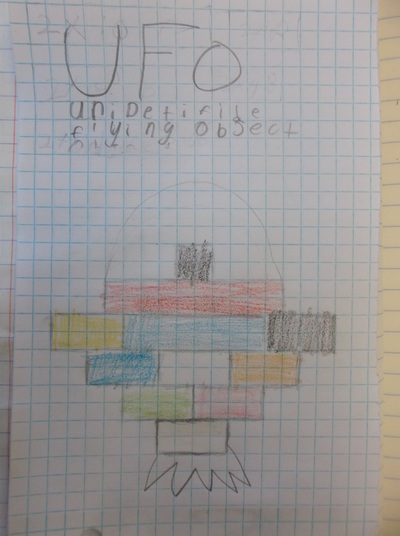
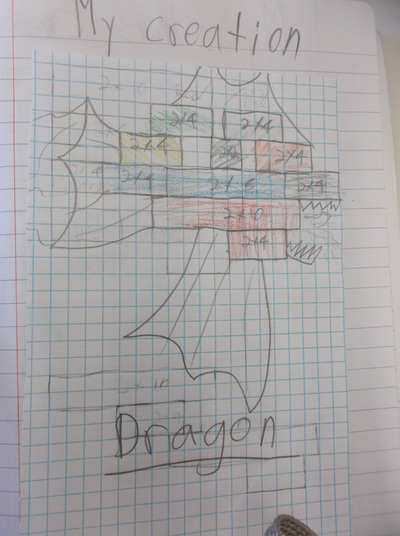
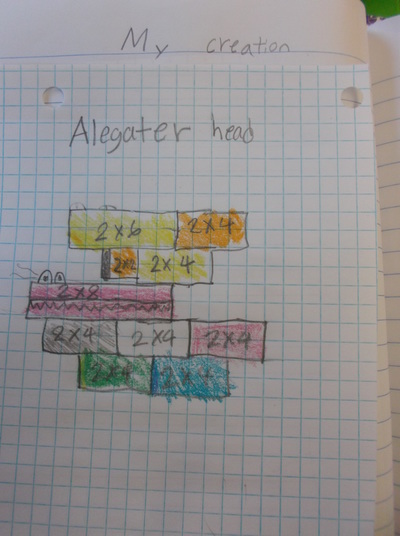
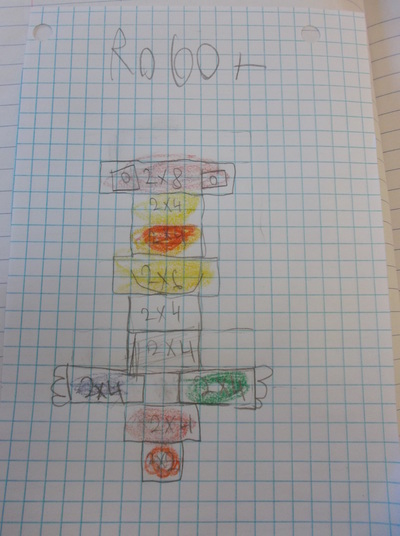
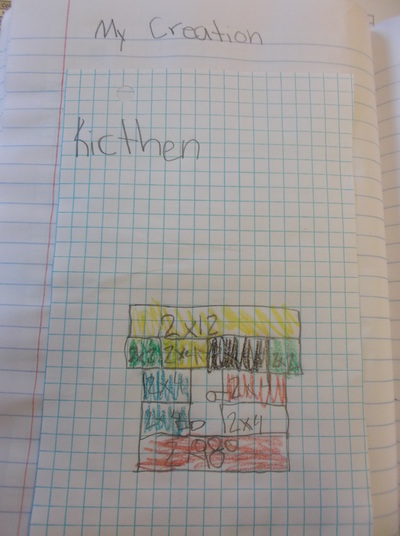
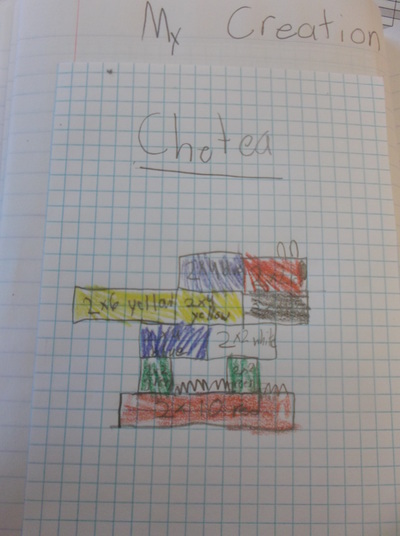
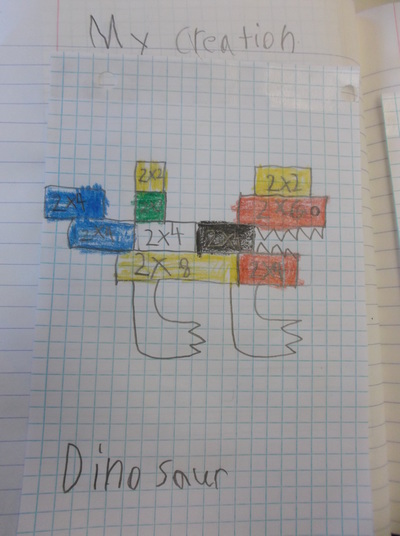
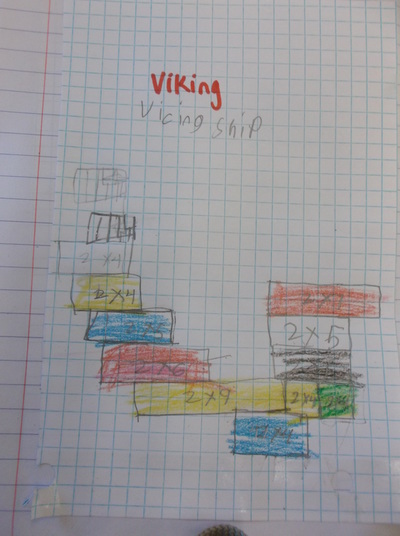

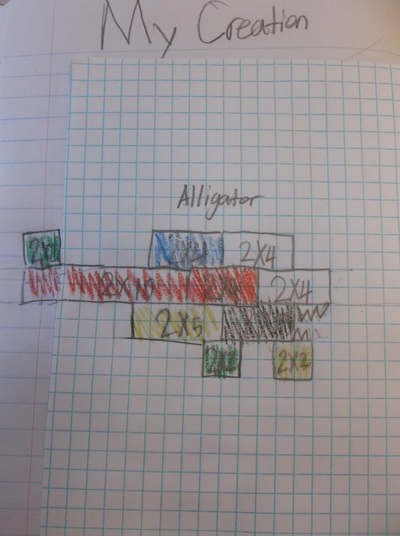
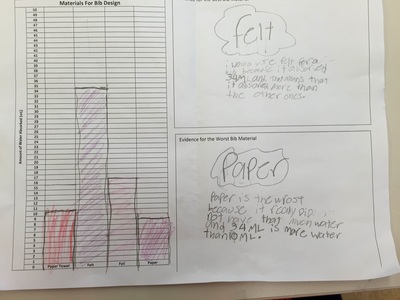
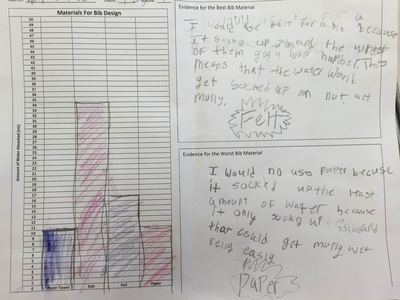
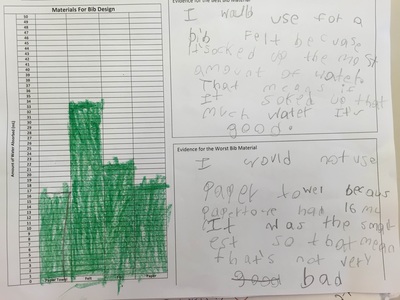
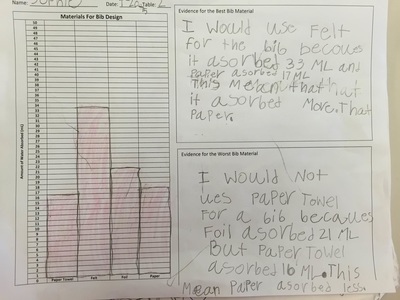
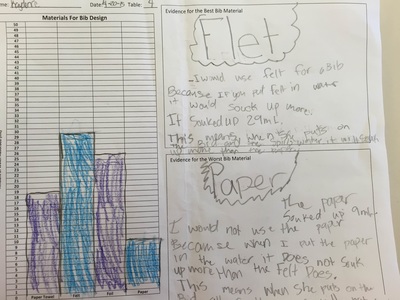
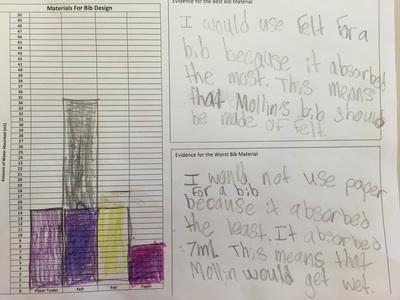
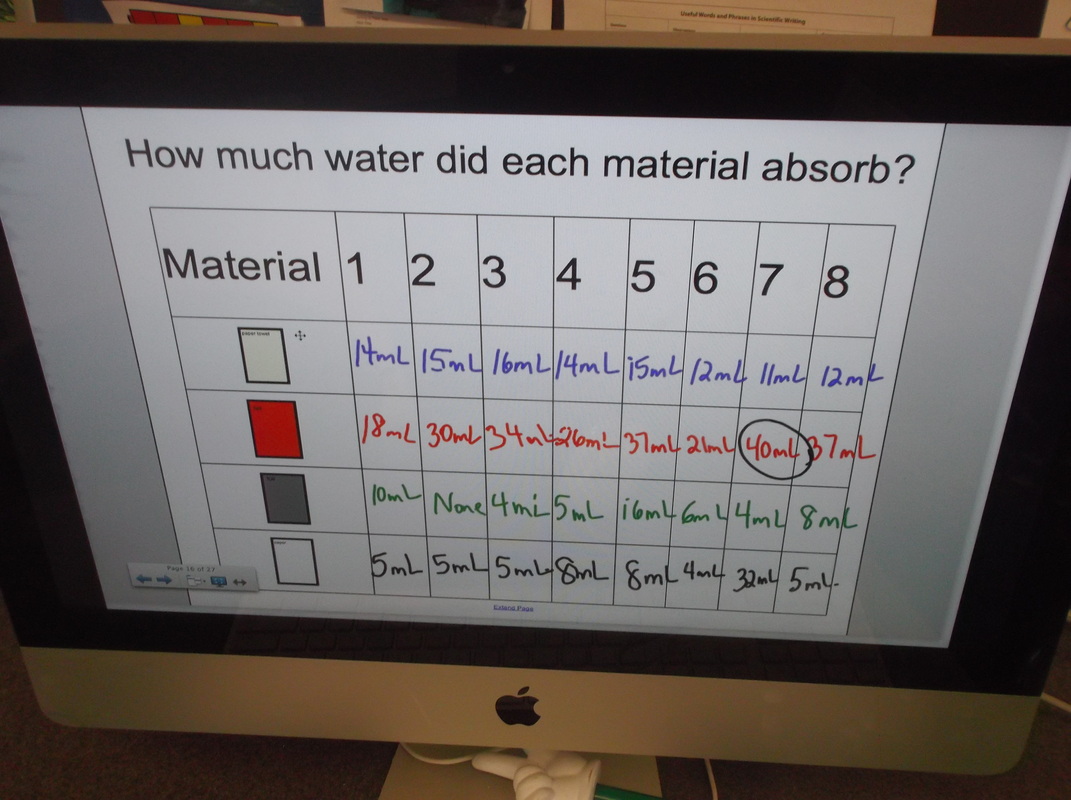
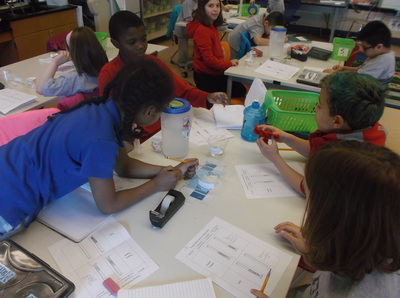
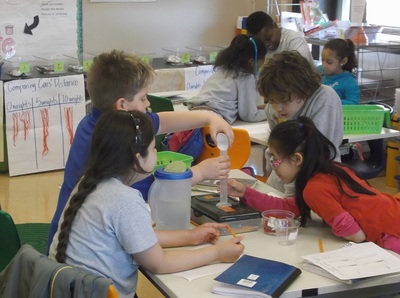
 RSS Feed
RSS Feed